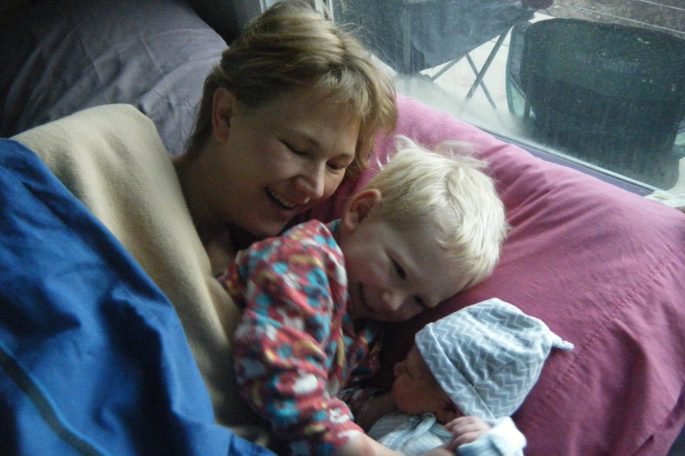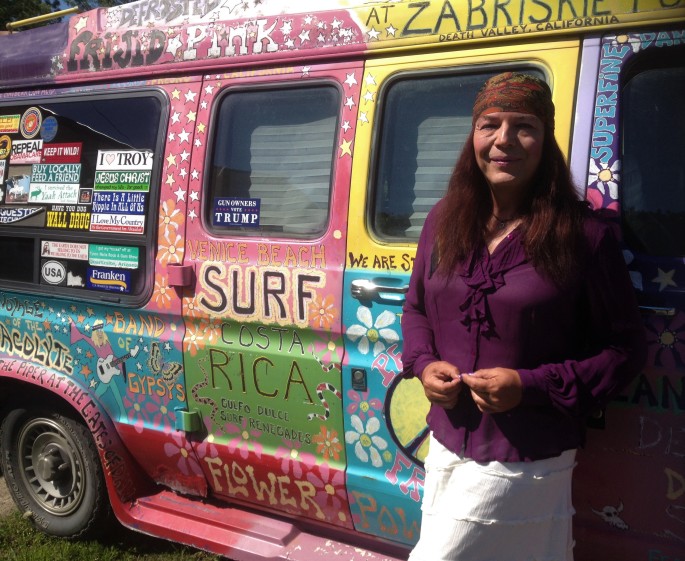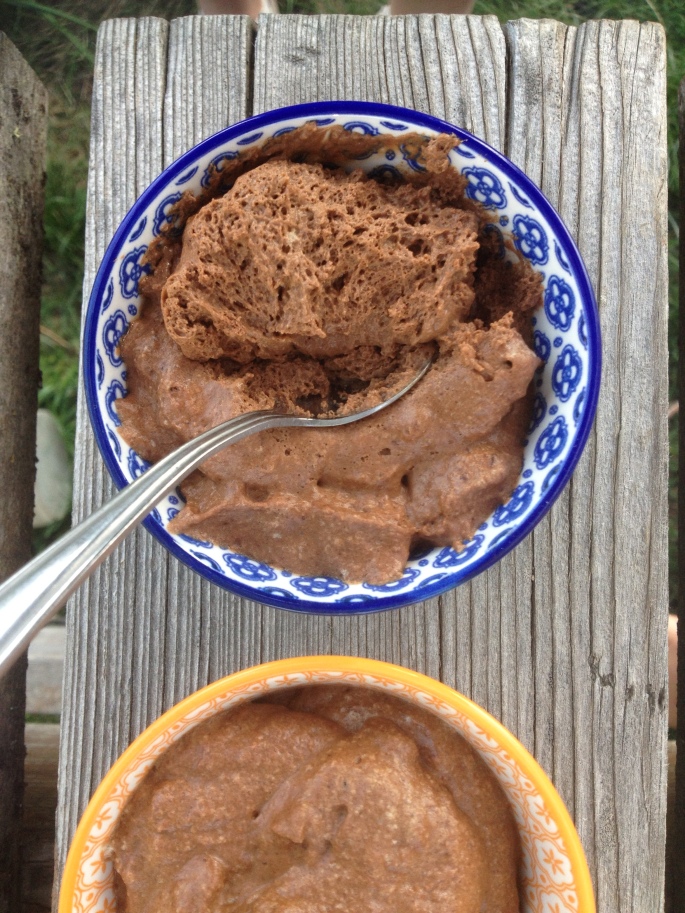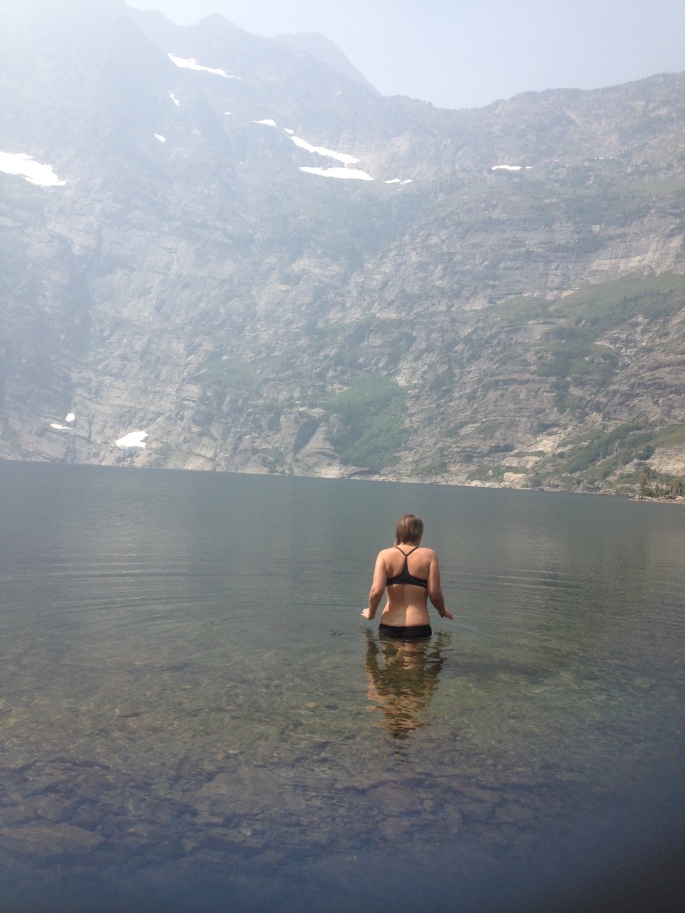When Haak and I were first together, I woke up one morning, rolled over and pretended to be surprised to see him.
“You again???!!!” I asked and we dissolved into giggles, drunk on the idea that for the first time, there was someone there who we were happy to see again… and again.
This weekend, we celebrate twelve years of waking up together.
 Melbourne, 2007.
Melbourne, 2007.
Twelve years of comfort, twelve years of chatting late into the night, of tea in bed [which is my favorite thing and which you participate in even though it’s not yours]
Twelve years of stomach bugs and those late night fights where you still sleep side by side but try not to even brush against each other.
Twelve years of one or the other of us crawling into bed late and cold, maybe a little beery, to nestle up against the warm skin of our bedmate.
And seven years of late night and early morning adventures in parenting. Sitting up by the light of a lamp, befuddled, exhausted, fuzzily deciding who would change the nappy, you always there for me to hand the screaming baby to while I took respite in the toilet for a minute.
We were together for the long, hungover days following a wakeful night with a baby. Tired, we snapped at each other and argued over small details.
I accused you of trying to cook the babies when you put piles of blankets on them.
And I discovered new things about you as a parent. Like when you are REALLY tired, you sleep with your lips puckered. Sometimes you do it when you are driving, which worries me.
You are harsh with the kids sometimes – but I’ve never caught you being unfair. You teach them things – thank fuck! because I’ve realized I’m not a great teacher. I’ve learned a lot about the benefits of an explanation from you.
You create a solid world for the kids. A world that they understand.
I love the way whenever we’re alone you always have some small confession to whisper in my ear [“WHO was that who I was just talking to?”].
And every time we do the moving across the world thing, I’m blown away by the fact that you’d do that, with me.
That you’d live in Australia for years at a time, away from your family and the woods and rivers you love.
I really never thought we’d end up here – our marriage was so tentative and did not include any of the traditional marriage promises.
We just wanted to keep spending time together.
I didn’t know then the detail of the challenges that an across-the-world romance would bring, but I knew that the big picture was doubtful – not just looking at the stats of marriage in general, but with the addition of deciding which country to live in and the strain of someone always being away from their home.
Also, we’ve both been skeptical of having a monogamous, committed relationship, scared about the isolation and about doing all the intimacy with one person.
All our intimacy eggs in one basket.
It wakes me up at night sometimes – the worry that we’ve melted together so much, we’re becoming one person. The further in we go, the deeper the risk of loss.
If we left each other, who would we be?
So I don’t assume for one second that you’ll be with me forever. I try not to take your presence for granted.
If you did leave, I’d spend half my income on plumbers and I’d really miss all the things you just whip up – computer stand, a house, baby bike seat, a tap just where I need it in the garden.
But I know I’d get along alright. I know you’d get along without me too.
This week, you’re passionately into making baskets out of willow. This morning you laughed and said, “I’m going to make you a house out of willow, lady.”
As we come out of the early parenting years and start to reclaim ourselves and our time, I’m delighted to realize that you’re still someone I want to spend time with.
This morning I rolled over and there you were – again! I bit your shoulder gently and said it: you again.
I love waking up with your warm body and your kooky surprised face so close.
Each year we spend together is a triumph. Each year convinces me more that this is worth working for and fighting for.
This morning you suggested I use a coaster to put my tea cup on. I said I spill so much tea I need a bucket. You laughed at me and said, “I love you.”
I love you too Karuzas.
I’m still in it for the giggles.

















![IMG_0449[1] IMG_0449[1]](https://aussiemericablog.files.wordpress.com/2018/07/img_04491.jpg?w=326&resize=326%2C435&h=435#038;h=435)


















![IMG_9926[1]](https://aussiemericablog.files.wordpress.com/2018/05/img_99261.jpg?w=685)


![IMG_9794[1]](https://aussiemericablog.files.wordpress.com/2018/04/img_97941.jpg?w=685)
![IMG_9791[1]](https://aussiemericablog.files.wordpress.com/2018/04/img_97911.jpg?w=685)
![IMG_9796[1]](https://aussiemericablog.files.wordpress.com/2018/04/img_97961.jpg?w=685)





 [Haakon climbing at Tantawanglo river. September 2018]
[Haakon climbing at Tantawanglo river. September 2018]

